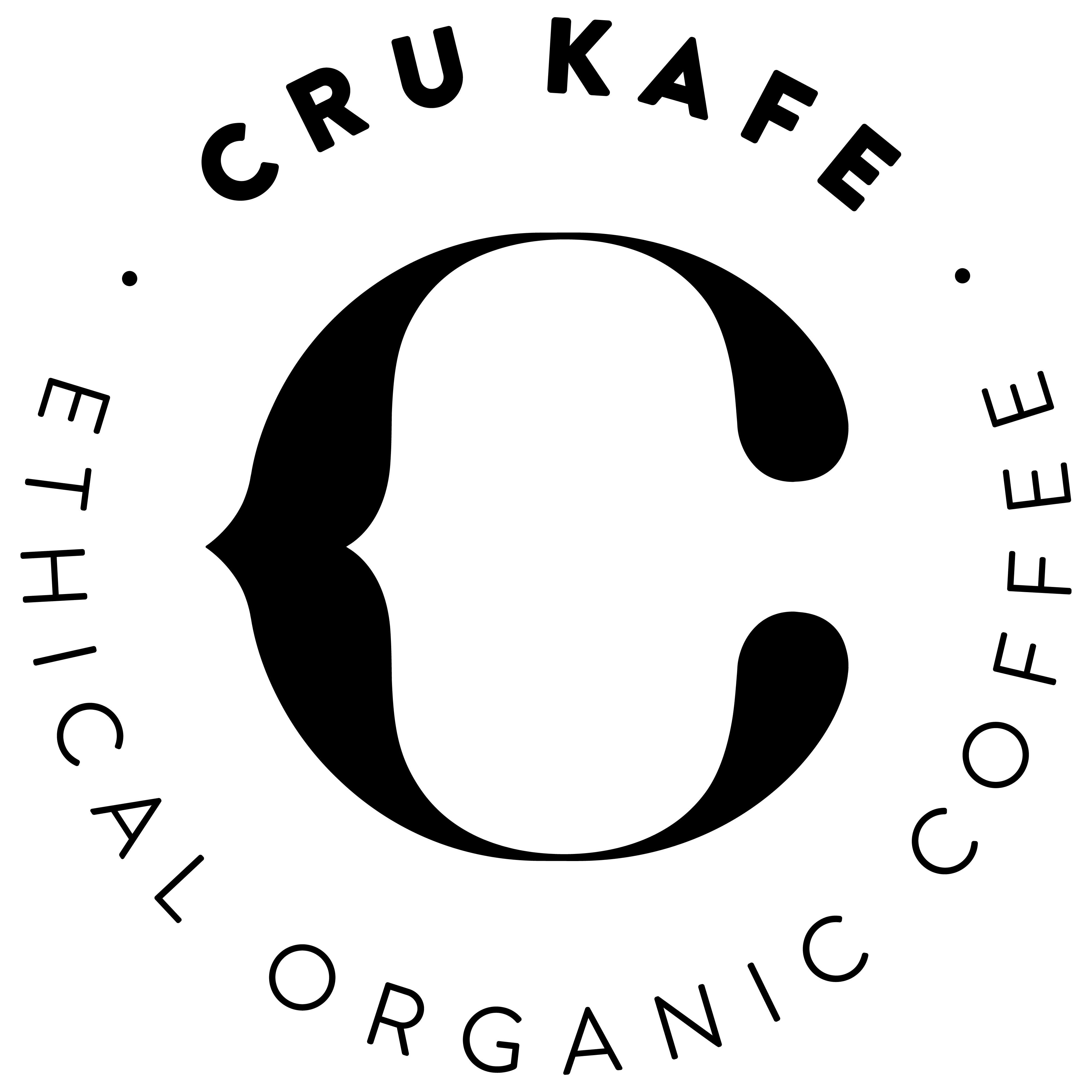The Story Behind our First Ever Limited Edition
Nestled in amongst a canopy of blossoming trees and lyrical songbirds, the coffee bushes of San Cristobal produce some of the finest coffee found on the earth. But the journey to this point has not been an easy one.
A Rocky Beginning
Coffee first made an appearance on San Cristobal around 1875, when beans were brought over by the Island's first owner, Manuel J Cobos. Founding the 'El Progreso' colony, Cobos was looking for goods to cultivate, and decided coffee & sugar cane would be a good place to start - and, on taking delivery of the first beans imported over from the Caribbean, established the Haceinda 'El Cafetal'.
Relying heavily on prison labour shipped over from the Ecuadorian mainland, Cobos' harsh methods and poor treatment of his workers resulted in a rebellion in 1904 which resulted in his death at the hands of the people he mistreated.
In the ensuing decades, the Hacienda quickly fell into disrepair and the fields of sugar cane and coffee were soon reclaimed by the invasive flora of the Galápagos.
Exposed To The Elements
After the fall of El Cafetal, the coffee bushes were left to grow wild for nearly a century under the canopy of lime, orange and guava, and against the odds, flourished. The Galapagos Islands suffer from a scarcity of fresh water, which would normally mean the end of any coffee crop, but luckily San Cristobal holds the only steady source of freshwater on the entire Archipelago. As such, the waters of El Junco - an extinct volcanic crater lake - allowed the bushes all the nutrients and minerals needed to survive.
However, coffee doesn't just need water - it needs just the right amount of sun, heat and shade to ensure the plants flower and fruit year after year, and luckily, the Galapagos have these in just the right amount. The near constant equatorial sun cover would, in any other instance, scorch the bushes to the ground, but the dense forest canopy of fruiting trees protect the bushes from the worst of the sunlight, as well as fertilising the soils around the coffee itself, each fruit and blossom adding their own unique flavour to the beans.
Temperature is also a huge factor in determining the quality of coffee and, again, the unique climate of the archipelago is ideally suited to it. Normally lying so close to the equator would be disastrous for growing coffee, but the Humboldt Current (a cold, low-salinity ocean stream) brings cooling marine breezes that creates an almost sub-tropical paradise - recreating the exact growing conditions that you'd normally find at much higher altitudes.
The fact that all of these elements come together so perfectly is really nothing short of a miracle - Indeed, the conditions so suited to coffee production that you'd think that's what the Galápagos Islands were created for. Whereas an average coffee plant can be expected to live for about 20-40 years, the bushes on San Cristobal can be traced back to 1875, and - in some cases - these 'parent' bushes are still producing fruit.
Rediscovered and Rejuvenated
Left in these conditions, the coffee flourished, laying relatively undisturbed for nearly a century until it was rediscovered towards the end of the 20th century. It was quickly recognised for the fantastic coffee it is, and the cafetal was re-established soon after. However, with the scientific and environmental importance of the Galapagos recognised by this time, the new industry was careful to protect the unique fauna that lived in and amongst the groves, and as such, cultivation today still respects the 'wild' nature of the coffee.
For us to be able to offer you this Limited Edition, a coffee that lay forgotten for nearly 100 years, growing in the wrong part of the world, at the wrong altitude, is pretty special; so be sure to savour every sip.


